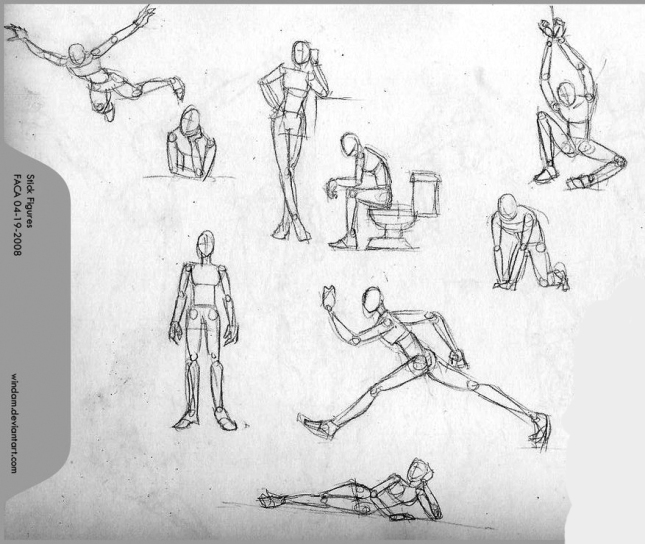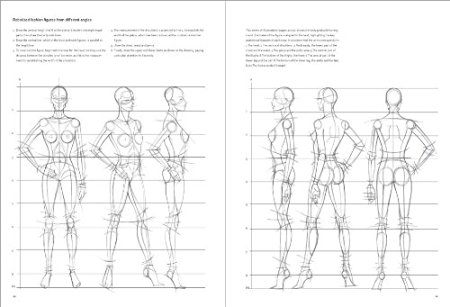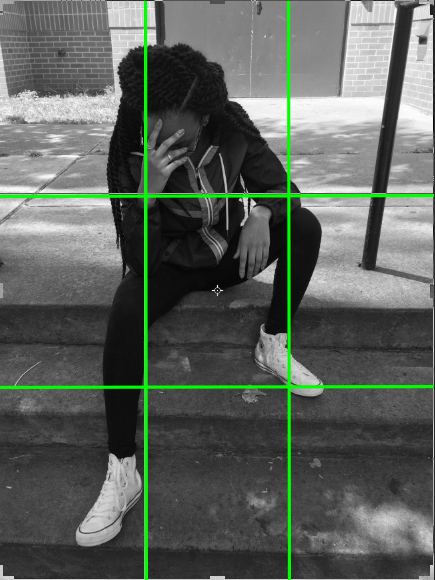Today’s Essential Question: How can I use different types of drawing pencils (2H, 2B, 6B, etc) to create a dramatic range of value in my drawing?

If you have a set of drawing pencils, you should be using different pencils at different points in the project. Anything with an H in the name is a lighter pencil, which is great for sketching out basic shapes and marking off space in the early stages of a project.
Regular #2 pencils are the same as an HB pencil, which is a pencil of medium darkness. If you don’t have drawing pencils, use a regular pencil to lightly sketch out the basic layout of the project.
At this point in the project, stay away from anything in the B range – we will use B pencils later in the project to intensify our shadows. If you don’t have an entire set of drawing pencils, you may want to purchase just one 6B Ebony pencil. It will let you create darker values (almost true black) with pencil.
Today we will:
- continue drawing our foreshortened figures on good paper, using light pencil
- post a photo of our work today to our blogs
No blog post = 0 participation for the day
























